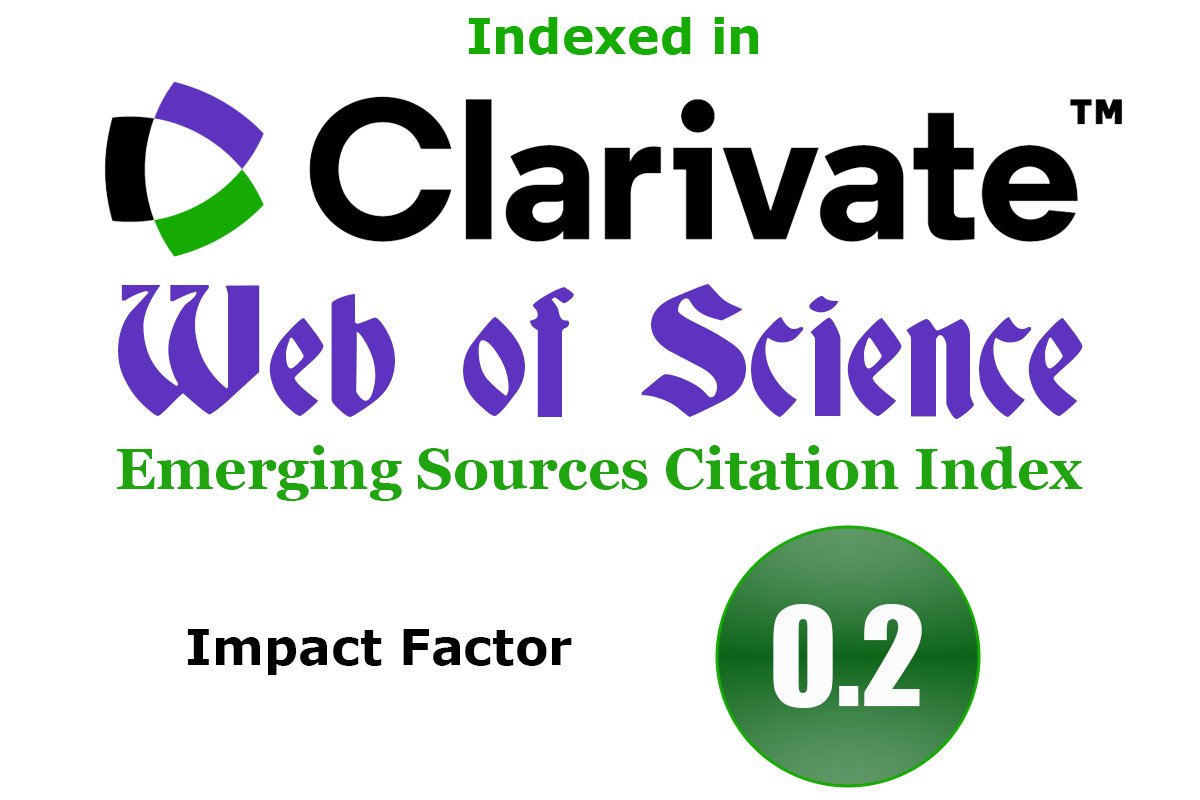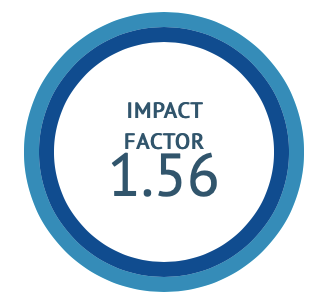Development and nutritional evaluation of Ayurvedic-Based nutritional supplements: An exploratory study
DOI:
https://doi.org/10.47552/ijam.v16i3.5965Keywords:
Nutritional supplements, Granules, Iron, Protein, School-going children, Malnutrition, Ayurvedic formulationsAbstract
Background: Nutritional deficiencies, particularly iron and protein insufficiency, are prevalent among school-going children and contribute to health issues like anemia and stunted growth. Traditional Ayurvedic principles offer a holistic approach to addressing these gaps. This study explores the development of an Ayurvedic-based supplementary product aimed at alleviating common nutritional deficiencies in children. Objective: To develop and evaluate an Ayurvedic-based supplementary product to improve iron and protein intake among school-going children, aiming to alleviate common dietary deficiencies. Methodology: Four experimental formulations were developed, three trials of biscuits and one trial of granules. Ingredients included Mudga (Vigna radiata (L.) R. Wilczek), Masha (Vigna mungo (L.) Hepper), Navaneeta (butter), Sharkara (sugar), Bala (Sida cordifolia L.) churna, Sariva (Hemidesmus indicus R. Br.) churna, Trikatu churna, Saindhava Lavana (rock salt), Loha Bhasma, milk, and ghee. Initial biscuit trials were evaluated for taste, texture, and palatability; however, issues of bitterness and poor texture prompted modification of ingredient proportions and ultimately a shift to a granule-based formulation. The granules were analyzed for macronutrients and iron content. Results: The granule-based product demonstrated significant levels of iron and protein, along with other essential nutrients, making it a promising product for addressing malnutrition in children. Conclusion: The Ayurvedic-based granule supplement offers a promising solution to combat nutritional deficiencies, particularly iron and protein, in school-aged children. Its rich nutritional profile, coupled with adherence to Ayurvedic principles, makes it an effective tool for improving children's health and combating malnutrition.
Downloads
Published
How to Cite
Issue
Section
License
Copyright (c) 2025 International Journal of Ayurvedic Medicine

This work is licensed under a Creative Commons Attribution-NonCommercial-ShareAlike 4.0 International License.
The author hereby transfers, assigns, or conveys all copyright ownership to the International Journal of Ayurvedic Medicine (IJAM). By this transfer, the article becomes the property of the IJAM and may not be published elsewhere without written permission from the IJAM.
This transfer of copyright also implies transfer of rights for printed, electronic, microfilm, and facsimile publication. No royalty or other monetary compensation will be received for transferring the copyright of the article to the IJAM.
The IJAM, in turn, grants each author the right to republish the article in any book for which he or she is the author or editor, without paying royalties to the IJAM, subject to the express conditions that (a) the author notify IJAM in advance in writing of this republication and (b) a credit line attributes the original publication to IJAM.




